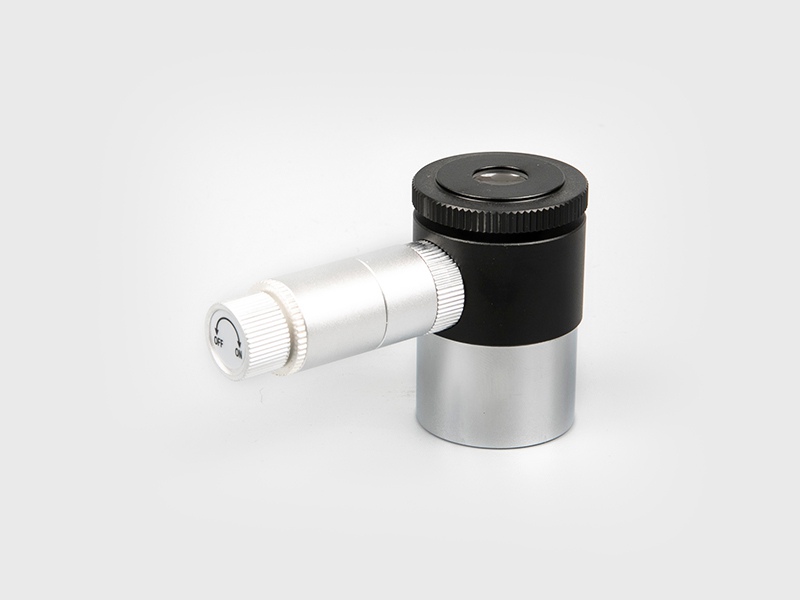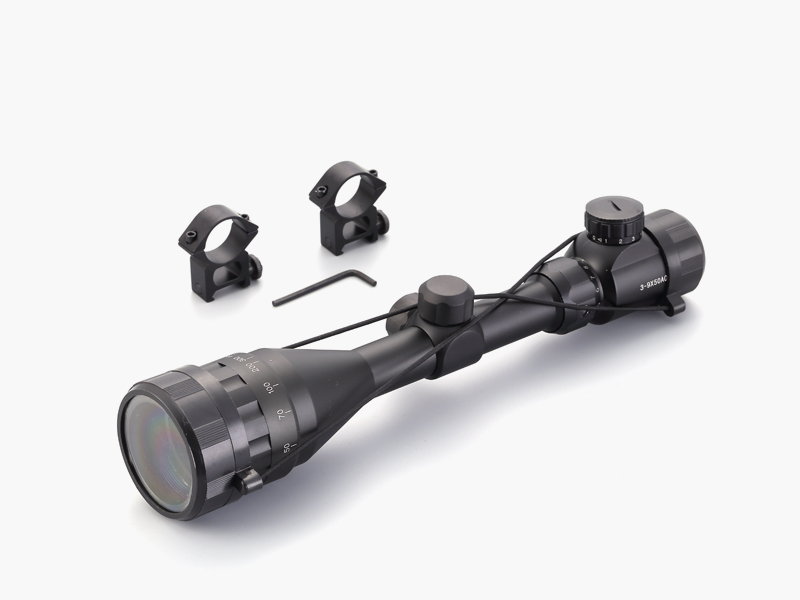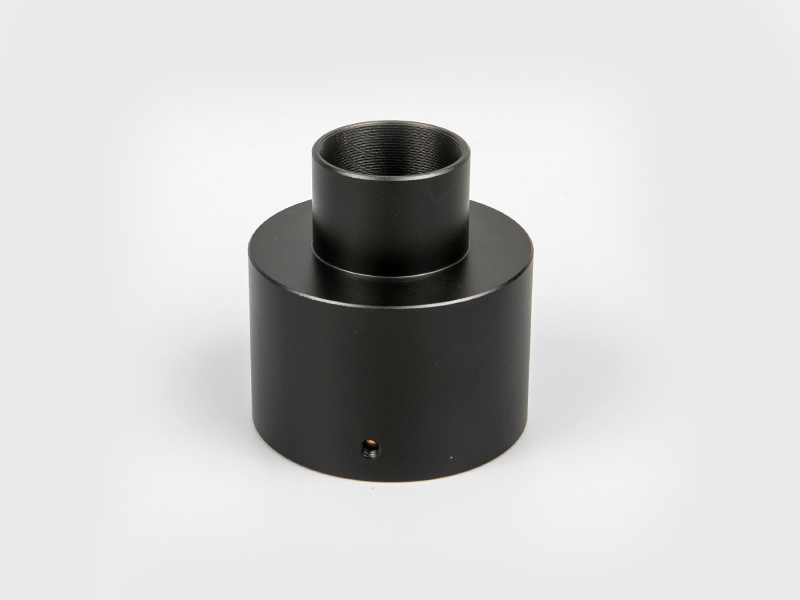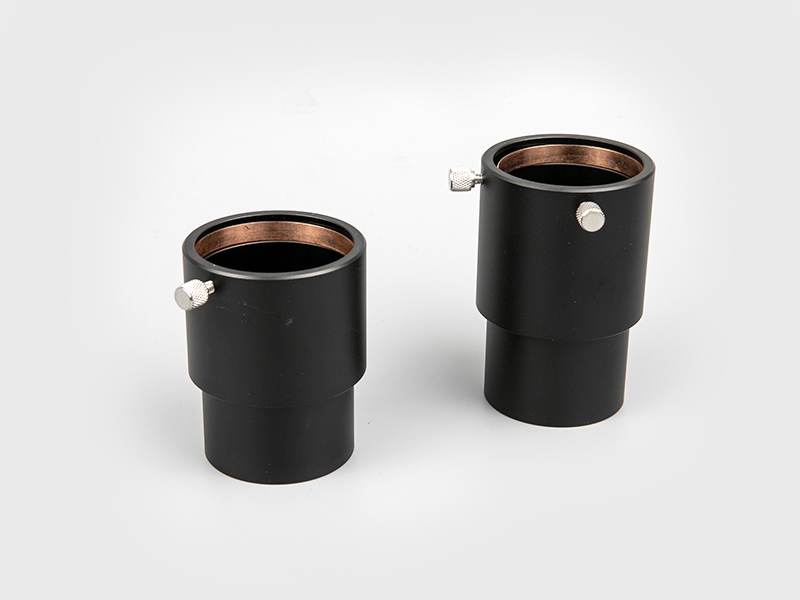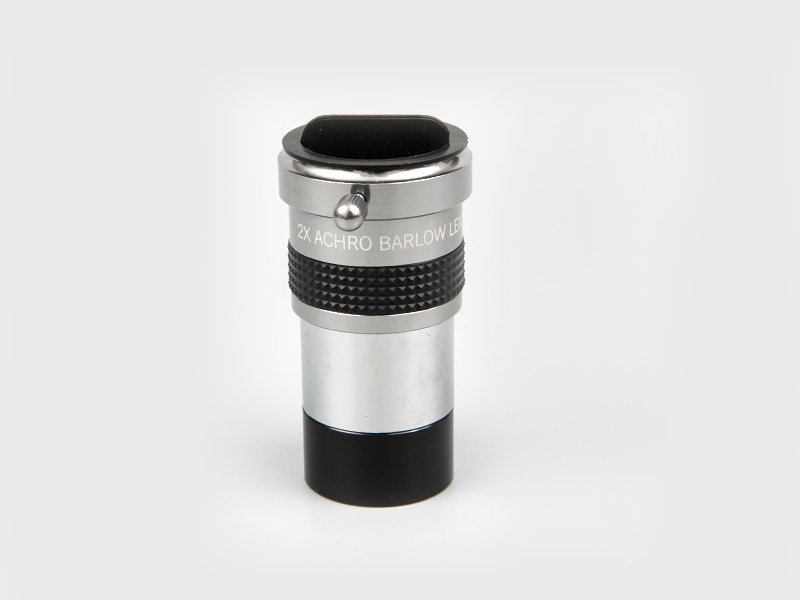1. According to personal financial ability, choose astronomical telescope with large aperture as much as possible
(1). With a large aperture, more light energy can be received, enabling observation of darker celestial bodies;
(2). If the aperture is large, the maximum effective magnification V will be large, because V=primary lens aperture D (expressed in millimeters);
(3). With large aperture and high resolution, more details of planets can be observed, binary stars can be distinguished, and darker asteroids and comets may be found. Theoretically speaking, the resolution is only related to the aperture. In fact, it is related to the optical design, processing and assembly, and calibration. The resolution of general science telescopes can reach 2 times the theoretical resolution angle, even if it is a high-quality telescope, Bosma’s BOSMA1800150 has been tested by imported measuring instruments and the resolution is better than 1″, which is close to the theoretical value.
2. How to distinguish the optical quality of popular science astronomical telescopes:
When buying during the day, you can use an astronomical telescope to observe a building in the distance, and move the outline of the building to 1/4 of the field of view. If the outline is particularly obvious in orange or blue, or if the outline is particularly curved, do not buy ;Look at the leaves in the distance. Generally speaking, a 60mm telescope can see the leaf tendons at a distance of 40 meters. If you can't see clearly, don't buy it. Of course, the larger the aperture of an astronomical telescope, the farther you can see. Bosma’s BOSMA70060 astronomical telescope (aperture of 60 mm) can clearly see blade tendons 85 meters away. At night, you can see the stars. If the stars you see are colored and particularly obvious, or the stars at the edge of the field of view are dragging their tails, and their length is twice the size of the stars, this kind of astronomical telescope is not suitable for astronomical observation.
3. Detection of the resolution capability (ie resolution) of the astronomical telescope
The best way is to observe binary stars. For example: π Aquila is a double star (near Altair) with an angular distance of 1″.4; ε Aries is a binary star with an angular distance of 1″.5; δ Cygnus is a binary star with an angular distance of 2″.1; The Husband star is a double star with an angular distance of 3″.0; the γ star in Leo is a binary star with an angular distance of 4″.3.
4. Observations on planets
The magnification required for observing gold, wood, water, fire, and Saturn is that the small circular surface of the planet in the field of view of the astronomical telescope has the same field of view (31 arc minutes) as the full moon seen by the naked eye. Therefore, Jupiter can be observed with a 50mm objective lens, Venus and Mars can be observed with an 80mm objective lens, and a 280mm objective lens can be used to observe Mercury.
5. Observations on sunspots
Large sunspots can be seen with a small astronomical telescope, while some very small sunspots can be seen clearly with a large astronomical telescope. Amateur observation sunspots generally use projection observation. To observe the sun and the moon, a telescope with a small aperture ratio (D/F) should be used, preferably 1:15 to 1:20. You can also add an aperture in front of the mirror to reduce the aperture ratio. However, doing so will reduce the resolving power of the telescope.
6. Observations on the Moon
The moon has craters, chain mountains, moon seas, moon valleys, gullies (dry rivers) and bright radiation stripes. A good astronomical telescope can see very fine details on the moon. The best magnification for observing the moon is (1~1.5)×the diameter of the primary mirror (mm).
7.About the astronomical telescope bracket
There are two types of brackets for astronomical telescopes: the horizontal type and the equatorial type, with two rotating shafts perpendicular to each other. The field of view of an astronomical telescope is generally relatively small, and the larger the magnification, the smaller the field of view. Therefore, it is necessary to choose a stand that will not shake due to wind.

 English
English 日本語
日本語 Deutsche
Deutsche España
España



